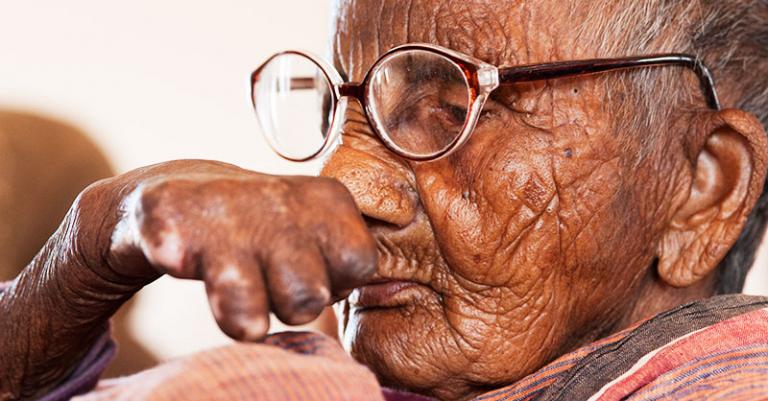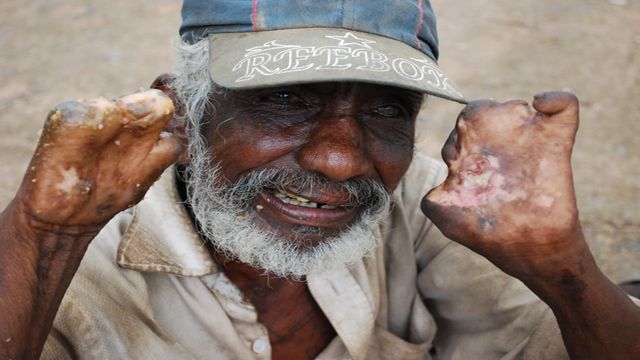The oldest known disease in the world is leprosy

The Oldest Known Disease in the World is Leprosy
Leprosy, also known as Hansen’s disease, holds the title for being the oldest known disease in the world. This ancient disease has plagued humanity since time immemorial, leaving traces of its existence in archaeological discoveries and historical records.

A Disease Lost in Time
The origins of leprosy remain shrouded in mystery, as it predates written records. However, evidence suggests that leprosy has afflicted humans for thousands of years. The disease has been mentioned in ancient texts and depicted in ancient artworks, giving us a glimpse into its long-standing presence across different civilizations.
Archeological Discoveries Tell a Tale
Archaeological excavations have uncovered skeletal remains with indications of leprosy. The discovery of a 4,000-year-old skeleton in India provides significant evidence of the disease’s existence during the Indus Valley Civilization. Additionally, ancient Egyptian records dating back to 1550 BCE describe symptoms resembling leprosy.

Leprosy in Ancient Texts
In ancient societies such as India, China, and Greece, leprosy often found mention in medical texts and religious scriptures. The Atharva Veda, an ancient Hindu text, includes detailed descriptions of symptoms similar to leprosy. Similarly, the Bible references leprosy numerous times, associating it with social stigmatization and isolation.
Disease Progression and Symptoms
Leprosy is a chronic infectious disease caused by the bacteria Mycobacterium leprae. It primarily affects the skin and peripheral nerves, leading to various symptoms such as skin lesions, nerve damage, and deformities. The disease progresses slowly, sometimes taking years or even decades for symptoms to manifest.
Historical Misconceptions and Social Stigma
Throughout history, leprosy has been misunderstood, leading to widespread fear and social stigma. People affected by leprosy were often banished from their communities, isolated in colonies, or forced into segregation. These practices persisted for centuries, perpetuating the notion that leprosy was a highly contagious and incurable disease.
Modern Understanding and Treatment
Advancements in medical science have greatly demystified leprosy and shattered the misconceptions surrounding it. Leprosy is now known to be a mildly contagious disease that can be effectively treated with multidrug therapy. Early diagnosis and treatment can prevent severe disabilities and complications.
Leprosy Today
Although leprosy has been largely eradicated in many countries, it still persists in certain regions, particularly in impoverished communities with limited access to healthcare. Organizations, like the World Health Organization (WHO), actively work towards eliminating leprosy and providing support to those affected by the disease.
Conclusion
The discovery of leprosy’s ancient origins through archaeological findings and historical records sheds light on our shared human history and the long struggle against this disease. By dispelling misconceptions, increasing awareness, and improving access to medical care, humanity continues the fight against leprosy, ensuring a better future for those affected.
Source: World Health Organization (WHO)
Share
Related Posts
Quick Links
Legal Stuff

